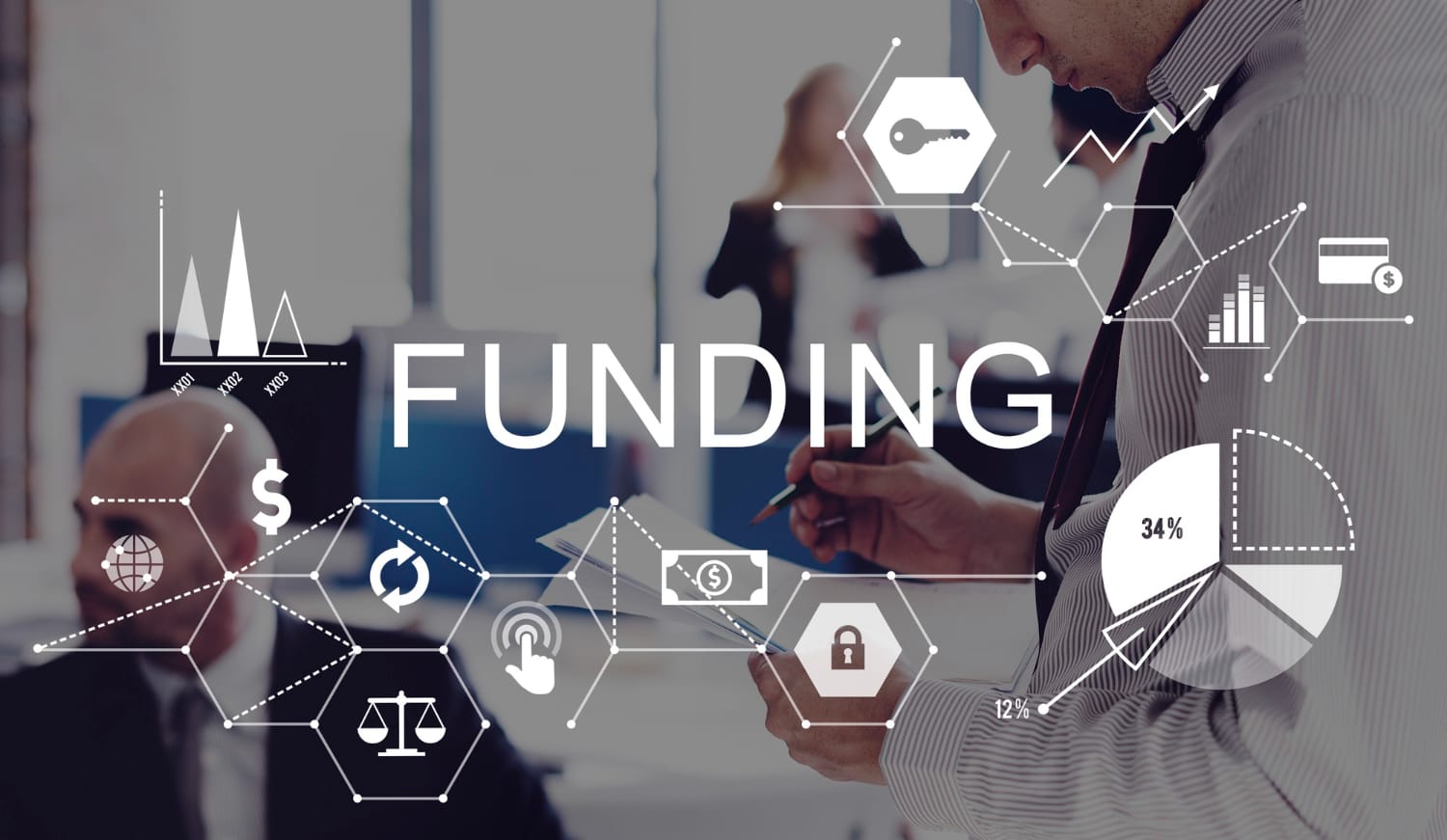
Last Updated: April 23rd, 2024
Est. Reading: mins

Regardless of the industry, all companies should be reviewing their workflow processes with the intention of making improvements that add efficiencies and reduce costs. For non-profit organizations, a solid grant billing workflow process is the catalyst for any organization having strategic grant management.
The starting point for improvement should be asking the question, “Do we clearly understand the overall process?” If not, get a clear understanding and complete it by documenting the procedures. Get a complete understanding of the requirements. Perform analysis and identify the gaps between the current process and needs. This analysis will identify inefficiencies like redundancies and bottlenecks.
Know the requirements and have a clear understanding of the steps involved. This includes knowing all stakeholders and their needs and responsibilities. Assess the process and identify any areas where it can be improved.
Look to centralize your data. By storing all grant-related financial data in a centralized location, organizations can easily access and track billing information, improving efficiency and transparency. Additionally, this will play a vital role in grant billing optimization.
Automating invoice processes can significantly reduce manual effort and errors by automatically generating invoices based on grant terms. This automation streamlines the billing process, freeing up staff time for other tasks and ensuring accuracy in billing. Timely billing and reporting to funders demonstrate accountability and transparency, fostering positive relationships and potential for future funding opportunities.
An integrated grant billing process with an organization’s accounting system is needed for effective grant management.
The ability to monitor receivables, track expenses, and generate financial reports in real-time allows for better decision-making and financial transparency. Another benefit of enhancing integration with financial systems is the seamless flow of financial data, eliminating the need for manual data entry and reducing the risk of errors.
Regular reviews of grant agreements and billing terms are essential to maintain compliance and accuracy in billing. By conducting periodic reviews, organizations can ensure that billing practices align with grant requirements and avoid potential discrepancies or errors.
Look to take the following actions as you transition to strategic grant management:
In terms of organizational strategies for grant management, you will need clear policies outlining roles, responsibilities, and procedures that are crucial. These policies provide clarity and guidance to staff involved in grant management activities, ensuring consistency and accountability across the organization.
Clear policies outlining roles, responsibilities, and procedures are crucial to organizational strategies for grant management. These policies provide clarity and guidance to staff involved in grant management activities, ensuring consistency and accountability across the organization.
Create a set of Key Performance Indicators (KPIs) that align the grants with the organizational goals and objectives. This will illustrate areas in which organizations can maximize the impact of grant-funded projects and initiatives. These metrics will be used to illustrate and report if goals are being met.
Regular monitoring and reporting are fundamental aspects of effective grant management. By establishing systems for regular monitoring of grant activities and progress, organizations can track performance against objectives and identify areas for improvement.
Diversifying funding sources is essential to reduce dependency on specific grants and enhance financial stability. Organizations should actively seek out diverse funding opportunities to mitigate risks associated with fluctuations in grant funding.
Capacity building through staff training and development is critical for building expertise in grant management. By investing in staff training, organizations can equip their teams with the skills and knowledge necessary to effectively manage grants from acquisition to reporting. Staff training could also help retain employees and institutional knowledge as well as create innovation.
Finally, implementing performance evaluation mechanisms is essential for assessing the effectiveness of grant-funded projects and informing future decision-making. By collecting and analyzing data on project outcomes and impact, organizations can identify successes, challenges, and areas for improvement. This feedback loop enables organizations to adapt and refine their grant management strategies over time, ultimately increasing the efficiency and effectiveness of their grant programs.
Edge Grant Billing Systems is a cloud based solution that can help with the transition to strategic management by providing tools and features to help organizations to be cost-effective in tracking and managing their grant finances. Some specific ways that Edge Grant Billing Systems will help with grant allocation include:
By providing tools and features to help organizations track and manage their grant finances, Edge Grant Billing Systems can assist with grant allocation by enabling organizations to use their grant funds effectively and efficiently to achieve their intended goals.
Drawing together all the areas for improvement in the grant billing process not only enhances efficiency but also lays the foundation for strategic grant management. By centralizing data management, automating invoicing processes, integrating with accounting systems, monitoring receivables, streamlining documentation, providing training and communication, and conducting regular reviews of billing terms, organizations can establish clear policies, schedule monitoring meetings, invest in staff training, engage in strategic planning, diversify funding sources, and evaluate grant performance annually. Investing in technology such as Edge Grant Billing Systems, along with these workflow improvements, not only optimizes grant billing processes but also contributes to a more strategic and effective approach to managing grants effectively.
